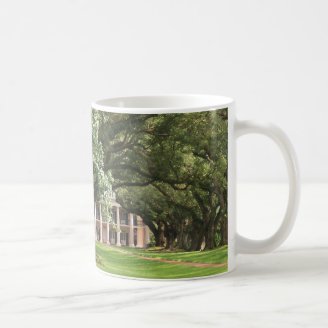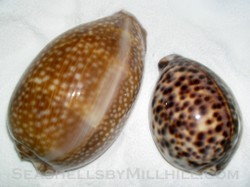First, when something is reported in a window there is often a light source. In some cases, it is a streetlight. But there is a large light, the moon, that is always there.
Next, windows with screens act like multiple diffraction sources that interact with each other. And a bent screen, and few are taut, can highlight some images.
Another possibility is dust on the window that has points are streaks that diffract light.
Finally, consider the reflections, including the internal reflections, of light making things fuzzy. And with older windows the thickness is not uniform, making the reflections and refractions even more complex.
Internal reflections can highlight a single color, due to a certain wavelength reinforcing itself. This can be seen with floating oil, which shimmers in colors due to the thickness of the light path through the oil.
So, Are Those Images of Jesus? Do we see ghosts? One can argue either way.
If it is what God uses to have a person believe the image is of Divine origin, we cannot question it. God can communicate in a multitude of ways, and this could be one of them. Then again, we would have no way of knowing.
So, physics provides a possibility, but the spirit world offers others. Are the appearances what we see, or are they what light makes us believe? This I cannot answer.
The physics is only a cursory approach, a true understanding is too complex for this venue. But it is possible to present the qualitative ideas, which is the purpose here.
This article contains links to affiliate programs and Adsense advertising. These must use cookies to allow for proper crediting. As a Zazzle associate, Viglink Associate and Amazon Associate I earn from qualifying purchases.
The introduction image is our own Zazzle product, The digital image is my own.











 Polar Coordinate System4 days ago
Polar Coordinate System4 days ago
 Aurora Can Disrupt Electrical Devices And Even the Grid?5 days ago
Aurora Can Disrupt Electrical Devices And Even the Grid?5 days ago
 Overcoming Difficulties Encountered with Mathematics6 days ago
Overcoming Difficulties Encountered with Mathematics6 days ago
 Christmas on Zazzleon 10/21/2025
Christmas on Zazzleon 10/21/2025


Comments
It is amazing how light interacts with matter, and with other light waves.
Light has amazing properties mainly Reflection, Refraction, Diffraction, Polarization, Dispersion and Scattering. There must be others too. All these properties relate to our visual sense. Sometimes light pays tricks and creates illusion. Many times, it is our brain and perception behind it. We can see people that do not exist and ghosts we are scared of.
Very nicely explained blackspanielgallery with relevant examples.
Yes, the smoothness, and the angle of the light are important. Mirrors reflect from the back, so light is subjected to refraction inside the glass, and the interface from glass to air has internal reflections. So, how straight on you look, and how smooth the surfaces play roles here.
blackspanielgallery, Thank you for the practical information and the product line.
Is it known why reflections differ in different mirrors and windows? For example, an acquaintance temporarily had bell's palsy aftereffects, which showed up sometimes, sometimes not in mirrors, and typically not at all in windows. Also, I look different in different mirrors: would it be the non-quality or quality of the component parts?
You are correct. Sorry about the late response, we evacuated for the hurricane. It was supposed to come this way days back, but it went west of here.
Perception involves not only the eye but the brain, and when the image reaching the eye is brief, faint or broken the brain has to interpret what is seen using limited input. Here is where perceptual mistakes are made.This is why people saw canals on Mars, as the blurred images seen on telescopes led the viewers' minds to join up the dots, but better telescopes revealed that the straight canal lines did not exist. .